In the fascinating world of reptilian adaptations, few behaviors showcase the remarkable precision of evolution quite like the egg-eating snake’s feeding technique. These specialized serpents have developed an extraordinary ability to consume eggs whole, wrapping their bodies around their fragile prey without damaging the shell—at least, not until they’re ready to. This delicate balancing act between strength and restraint represents one of nature’s most specialized feeding adaptations. As we explore this remarkable behavior, we’ll discover how these snakes have evolved specialized anatomy and behaviors that allow them to exploit a food source that would otherwise seem impossible to access without tools or limbs.
The Masters of Egg Consumption: Who Are These Specialized Snakes?
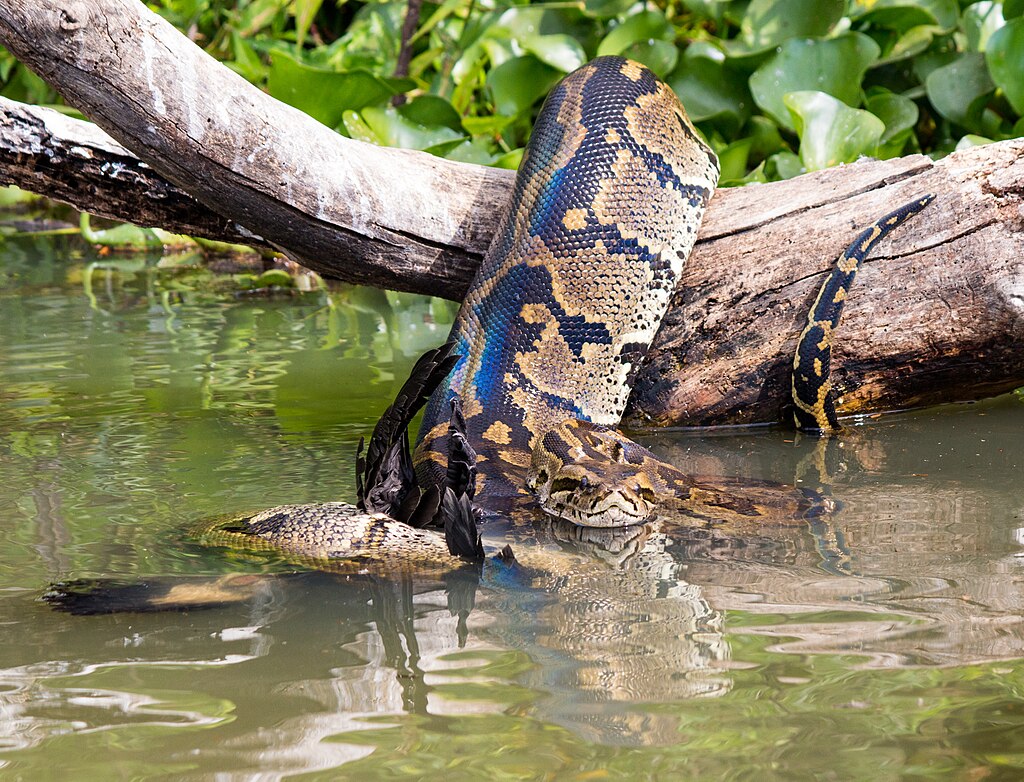
The primary practitioners of this egg-consuming art belong to the genus Dasypeltis, commonly known as the African egg-eating snakes. These remarkable serpents are found throughout sub-Saharan Africa, where they’ve evolved to specialize almost exclusively in an egg-based diet. There are several species within this genus, including the common egg-eater (Dasypeltis scabra), which has become the most well-studied of these fascinating specialists. Unlike many snake species that grow to impressive lengths, egg-eating snakes are relatively modest in size, typically reaching between 60 and 75 centimeters (2-2.5 feet), making their ability to consume large eggs all the more impressive. Their specialized lifestyle has made them highly successful in their ecological niche, allowing them to access a high-protein food source that few other predators can efficiently utilize.
Remarkable Anatomical Adaptations for Egg Consumption

Egg-eating snakes possess an array of anatomical adaptations specifically designed for their specialized diet. Perhaps most notable is their highly reduced dentition—these snakes have few teeth compared to other snake species, which makes sense given they don’t need to capture or subdue struggling prey. Instead, they possess specialized vertebral processes in their spine that project into the esophagus and function as “egg teeth,” allowing them to crack eggs internally after swallowing. Their jaws are extraordinarily flexible, even by snake standards, with ligaments that can stretch to accommodate eggs several times wider than the snake’s head. Additionally, these snakes have relatively thin body walls that can expand dramatically to accommodate the passing of whole eggs through their digestive system, a necessary adaptation for their unique feeding strategy.
The Hunting Strategy: Finding the Perfect Egg
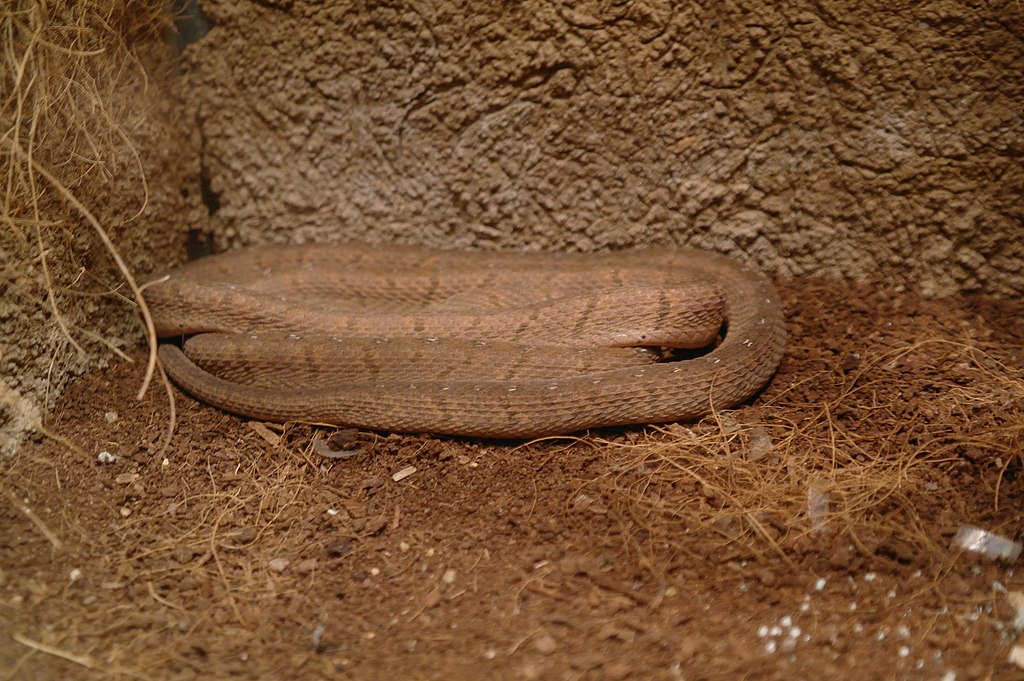
Egg-eating snakes employ a methodical approach to locate their meals, often climbing trees and shrubs in search of bird nests during breeding seasons. These snakes have excellent eyesight for nocturnal hunters, allowing them to spot nests even in low light conditions when many birds are resting. They primarily hunt by scent and vision, flicking their tongues to detect chemical signatures that indicate the presence of eggs. Once a nest is located, the snake will carefully assess the sizes of available eggs, as consuming an egg too large could prove fatal. Remarkably, these snakes can determine the freshness of eggs as well, preferring fresh eggs over those that have been developing for longer periods, as freshly laid eggs have more liquid content and less developed embryonic material, making them easier to digest.
The Delicate Art of Egg Manipulation

When an egg-eating snake approaches its meal, it demonstrates extraordinary dexterity in how it handles the fragile prey item. The snake will initially approach the egg and use its body to test the egg’s size, essentially measuring whether it can be consumed safely. Once the snake determines the egg is manageable, it will position itself with its mouth at one end of the egg and begin the careful process of engulfing it. As the egg enters the snake’s mouth, its flexible lower jaw dislocates and stretches around the egg’s contours. Throughout this process, the snake applies just enough pressure with its body to maintain control of the egg without cracking the shell prematurely, showcasing remarkable muscular control that would impress even the most skilled human contortionist.
The Swallowing Process: A Feat of Skeletal Flexibility
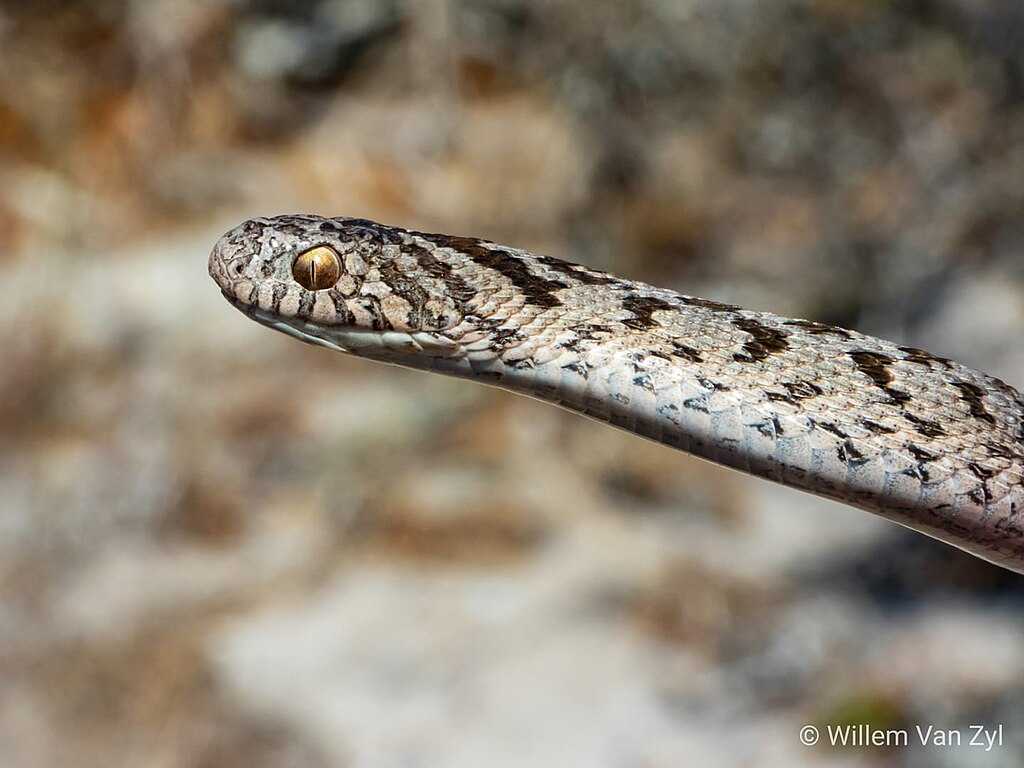
The actual consumption of an egg by these specialized snakes represents one of the most impressive feeding behaviors in the reptile world. The snake opens its jaws to a seemingly impossible width, with the lower jaw splitting at the chin to accommodate the egg’s girth. As the egg moves further into the snake’s mouth, powerful muscles in the neck and jaw work in coordinated waves to pull the egg deeper into the digestive tract. This swallowing process can take anywhere from 15 to 45 minutes, depending on the size of the egg relative to the snake. During this time, the snake appears extremely vulnerable, as its mobility is significantly compromised, and many predators could easily take advantage of this temporary disability. This vulnerability explains why most egg consumption occurs under the cover of darkness, when the snake is less likely to be observed by potential threats.
The Crushing Mechanism: Internal Egg Breaking

The most remarkable aspect of the egg-eating snake’s feeding behavior comes after the egg has been swallowed whole. Once the egg reaches a specific point in the snake’s esophagus, a series of specialized vertebral processes—bony projections from the snake’s spine that extend into the esophagus—come into play. The snake contracts powerful muscles around these bony projections, which effectively puncture and crush the eggshell from within. This remarkable adaptation allows the snake to break open the egg safely inside its body, where it can access the nutritious contents without risking injury from sharp shell fragments. The precision of this mechanism is extraordinary, as it must be powerful enough to crack the shell while gentle enough not to damage the snake’s internal tissues.
Waste Management: Disposing of the Empty Shell

After the egg contents have been extracted and begin moving through the digestive system, the snake faces another challenge: disposing of the now-empty eggshell. In a fascinating display of efficiency, the snake compresses the shell fragments into a compact mass using muscular contractions. Once compacted, the snake regurgitates the empty shell, usually within 15-30 minutes of initial consumption. This regurgitation is a necessary step, as the shell has no nutritional value and would only impede the snake’s movement if retained. The discarded shell often appears remarkably intact except for a single fracture line, testament to the precision of the snake’s internal cracking mechanism. This efficient process allows the snake to quickly resume normal activities or even consume additional eggs if available.
Size Limitations: The Dangers of Overambition

Despite their impressive adaptations, egg-eating snakes face strict limitations on the size of eggs they can safely consume. A snake attempting to eat an egg too large for its body can face catastrophic consequences, including fatal injuries from attempting to pass an oversized object through its digestive tract. Research has shown that these snakes can typically manage eggs with a diameter up to 1.5 times the width of their head, though this varies somewhat by species and individual. Younger snakes are particularly vulnerable to misjudging egg sizes, which can lead to mortality. Experienced adult snakes develop remarkable abilities to assess whether an egg is manageable, often abandoning eggs that exceed their capacity after a brief investigation, demonstrating a form of learned risk assessment that enhances their survival.
Seasonal Feeding Patterns and Fasting Abilities
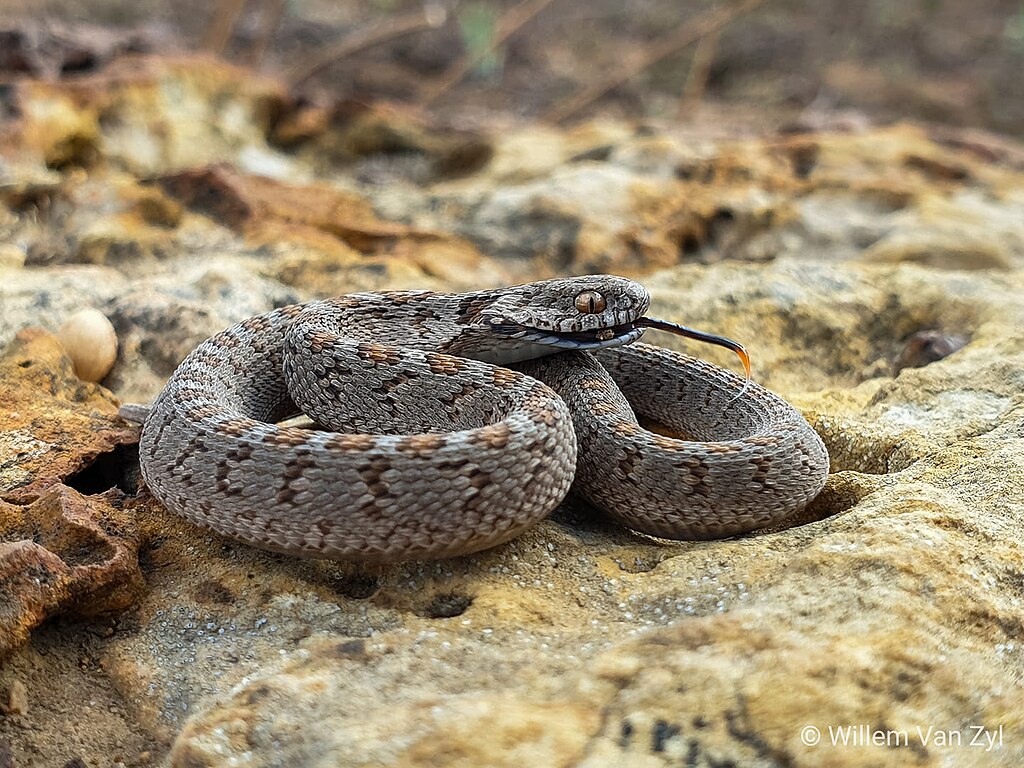
The specialized diet of egg-eating snakes creates unique seasonal challenges, as their food source is only abundantly available during bird breeding seasons. During these fertile periods, the snakes feed voraciously, sometimes consuming multiple eggs in a single night if the opportunity presents itself. During the off-season when eggs are scarce, these snakes can fast for remarkably long periods—some individuals have been documented surviving six months or more without feeding. Their metabolism slows dramatically during these fasting periods, and they subsist on fat reserves built up during the egg-abundant seasons. This boom-and-bust feeding cycle has driven evolutionary adaptations like expandable stomachs and efficient digestion systems that extract maximum nutrition from each egg consumed.
Mimicry and Defense: Survival Beyond Feeding
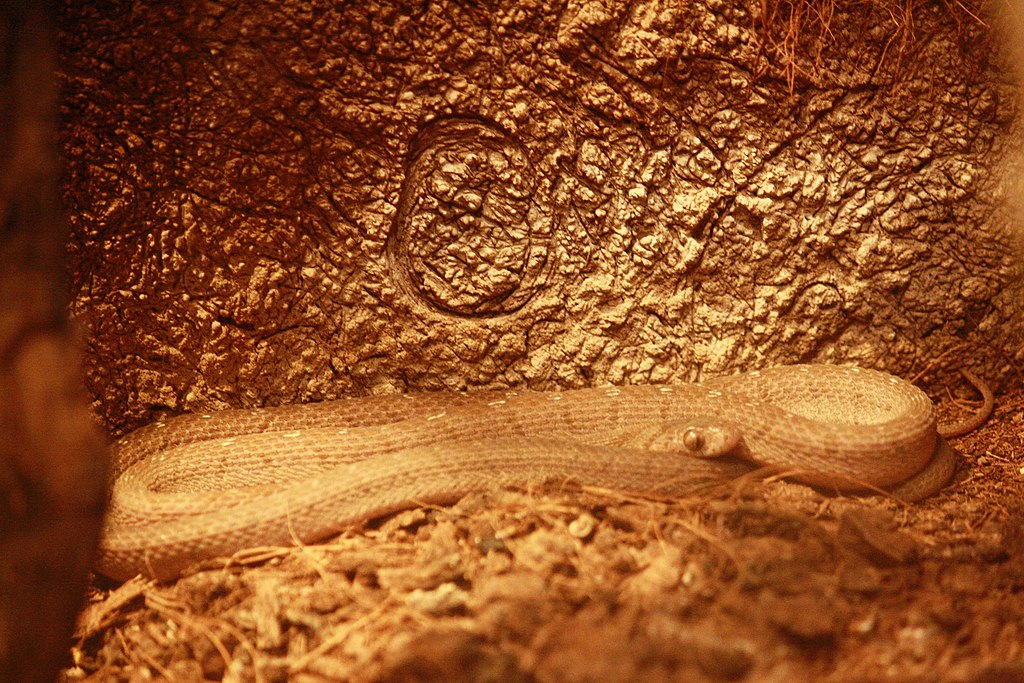
When not engaged in their spectacular feeding behaviors, egg-eating snakes employ fascinating defensive strategies to avoid becoming prey themselves. Many species, particularly Dasypeltis scabra, are accomplished mimics of venomous vipers, flattening their heads into a triangular shape and producing a convincing hissing sound by rubbing specialized scales together. This mimicry often causes potential predators to think twice before attacking. Despite being completely harmless to humans and lacking functional teeth, their convincing performance has unfortunately led to many being killed by people mistaking them for dangerous snakes. When physical mimicry fails, these snakes may also employ thanatosis—playing dead—by rolling onto their backs with mouths agape and tongues hanging out, a performance so convincing that many predators lose interest in what appears to be a long-dead meal.
Conservation Challenges for Specialized Feeders
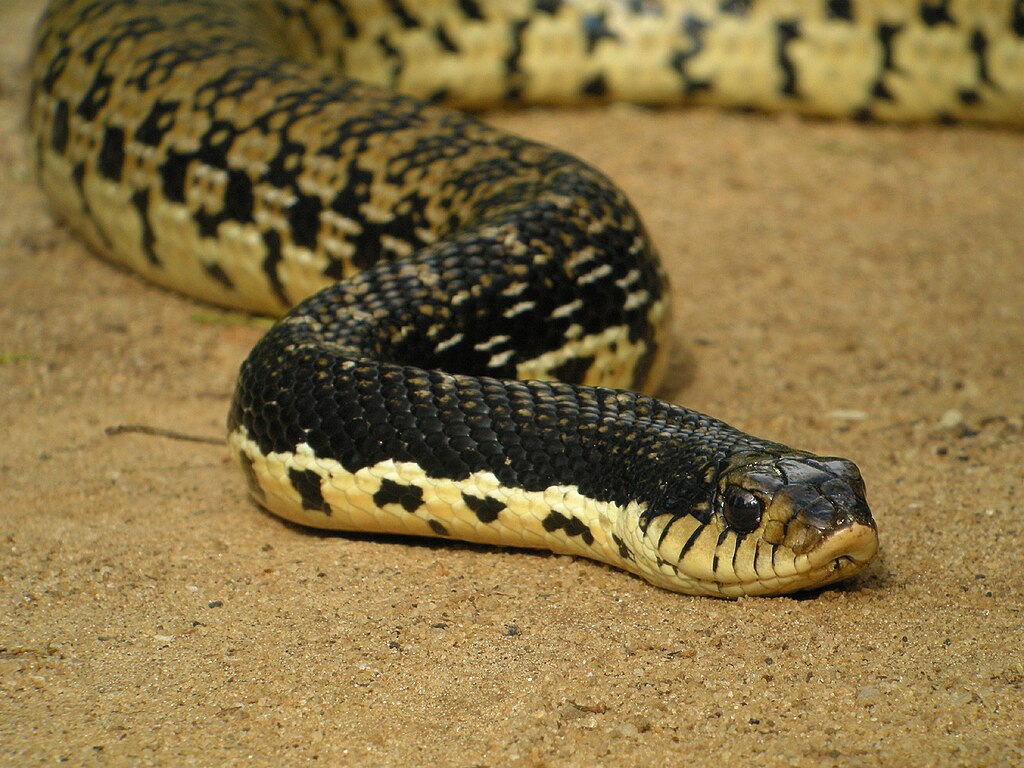
The highly specialized diet of egg-eating snakes makes them particularly vulnerable to environmental changes that affect bird populations. Habitat destruction that reduces nesting bird diversity and abundance directly impacts these specialized predators. Climate change poses additional threats by potentially creating mismatches between snake activity cycles and bird breeding seasons. In some regions, egg-eating snakes face direct persecution due to misidentification as dangerous species or competition with humans for eggs in areas where wild bird eggs are collected for human consumption. Conservation efforts for these unique reptiles must focus on habitat preservation, particularly protecting areas with diverse bird communities that provide a reliable egg supply throughout the year.
Captive Care Challenges: Replicating Specialized Diets
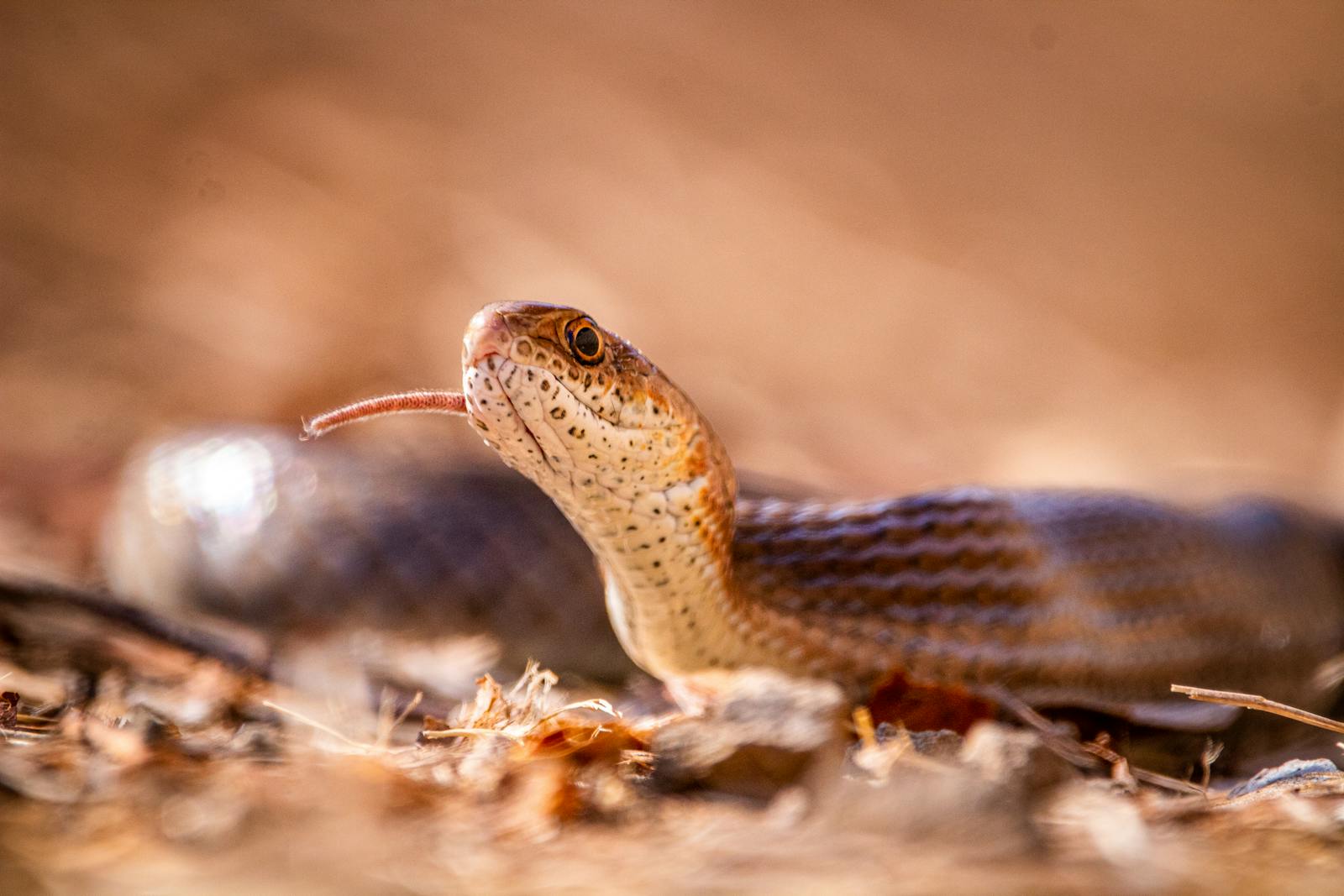
The extraordinary dietary specialization of egg-eating snakes presents significant challenges for keeping them in captivity. While most captive snakes can be maintained on a diet of appropriately-sized rodents, egg-eaters require a consistent supply of suitably sized eggs, which can be difficult to source year-round. Herpetologists and specialized reptile keepers often maintain colonies of small birds like finches or canaries specifically to provide appropriately sized eggs for these snakes. Some facilities have experimented with artificial eggs filled with nutritionally complete mixtures, though getting the consistency right to trigger the snakes’ feeding response requires significant expertise. The specialized care requirements have kept these fascinating snakes relatively uncommon in captivity despite their docile nature and spectacular feeding behavior, which would otherwise make them appealing display animals for educational purposes.
Related Species and Convergent Evolution

While the African egg-eating snakes of genus Dasypeltis are the most specialized egg consumers, similar adaptations have evolved independently in other snake species around the world. The Indian egg-eater (Elachistodon westermanni) displays remarkably similar feeding adaptations despite being only distantly related to its African counterparts, a classic example of convergent evolution. Certain species of rat snakes will occasionally consume eggs, though they lack the specialized vertebral processes for internal egg breaking and must instead crush eggs against hard surfaces using constriction. These various approaches to egg consumption across different snake lineages highlight how a nutritious, widely available food source can drive parallel evolutionary adaptations in geographically separated species, providing a fascinating window into the power of natural selection to shape specialized feeding strategies.
In conclusion, the egg-eating snake represents one of nature’s most specialized feeding adaptations, demonstrating how evolution can craft extraordinary solutions to the challenges of exploiting unique food sources. From their remarkable jaw flexibility to their specialized vertebral “teeth” and precise muscular control, every aspect of these snakes’ biology has been shaped by their unusual diet. Their ability to delicately handle eggs without breaking them prematurely, only to crush them with precision once safely swallowed, showcases the remarkable refinement possible through natural selection. As we continue to study these specialized reptiles, they remind us that even seemingly simple activities in nature—like eating an egg—can involve complex, precisely choreographed adaptations that have developed over millions of years of evolutionary fine-tuning.





